New method to accurately measure blood sugar in diabetics
Fri 07 Oct 2016, 10:58:36
Scientists have created a new way to accurately measure blood sugar fluctuations in people with diabetes, reducing error rate by half of the currently used methods.Combining the power of advanced math with tests commonly used to measure blood sugar, scientists from Harvard Medical School (HMS) and Massachusetts General Hospital in the US have created a new model that more accurately accounts for long-term blood sugar fluctuations in people with diabetes.
The disease affects more than 422 million people worldwide, according to the World Health Organisation (WHO).By factoring in the age of each patient's red blood cells, the new method offers a more precise, individualised gauge of three-month blood sugar averages and reduces in half the error rate of the most commonly used 'but sometimes inaccurate' test known as A1C, researchers said.
"What we currently deem the gold standard for estimating average blood glucose is nowhere as precise as it should be. Our study not only pinpoints the root of the inaccuracy but also offers a way to get around it," said John Higgins, an associate professor at Harvard.
The A1C test led to notable off-target estimates in about a third of more than 200 patients
whose test results were analysed as part of the research.
whose test results were analysed as part of the research.
The team found these inaccuracies stemmed entirely from individual variations in the life span of a person's red blood cells.They calculated new, age-adjusted estimates and tested their predictive accuracy by comparing them to actual blood sugar levels measured directly via continuous glucose monitors wearable devices that read a person's blood sugar every five minutes.
Incorporating the new model into existing tests, the researchers said, could lead to more precise diagnosis, monitoring and better-tailored treatments.
Estimating a person's three-month blood sugar average is the best indicator of disease control and the most accurate predictor of looming complications, according to experts.
Persistently elevated blood sugar can, over time, damage the heart, brain, kidneys, eyes, nerves and other organs.
Since blood sugar varies by the hour and even by the minute, capturing "an average" to account for fluctuations over an extended period is a far better indicator of disease status than taking a "snapshot" measurement at one time.
The study appears in the journal Science Translational Medicine.
No Comments For This Post, Be first to write a Comment.
Most viewed from Health
AIMIM News
Latest Urdu News
Most Viewed
May 26, 2020
Where should be the burial of the pilgrims martyred in the Saudi Arabia bus accident?
Latest Videos View All
Like Us
Home
About Us
Advertise With Us
All Polls
Epaper Archives
Privacy Policy
Contact Us
Download Etemaad App
© 2025 Etemaad Daily News, All Rights Reserved.

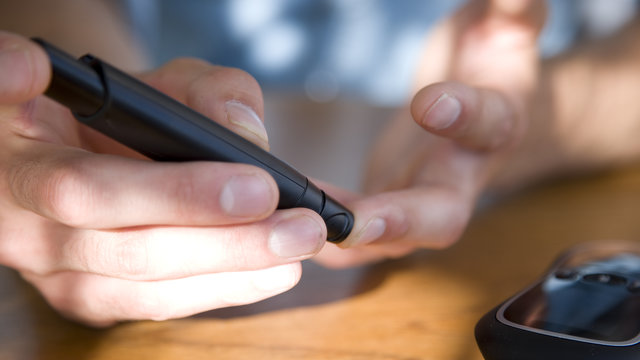
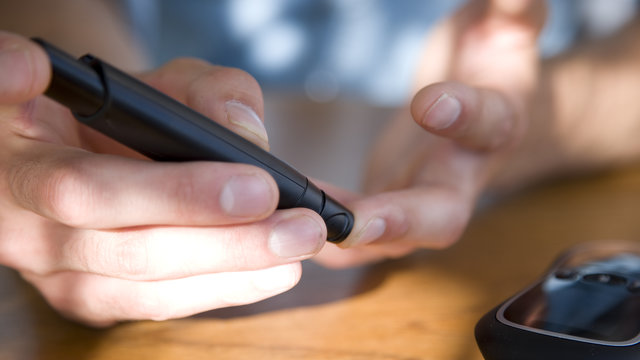


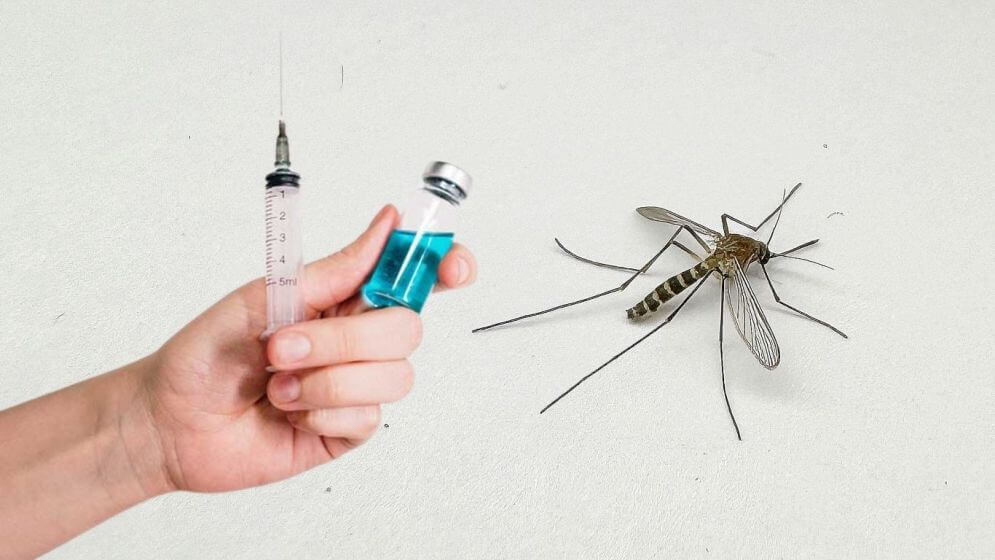



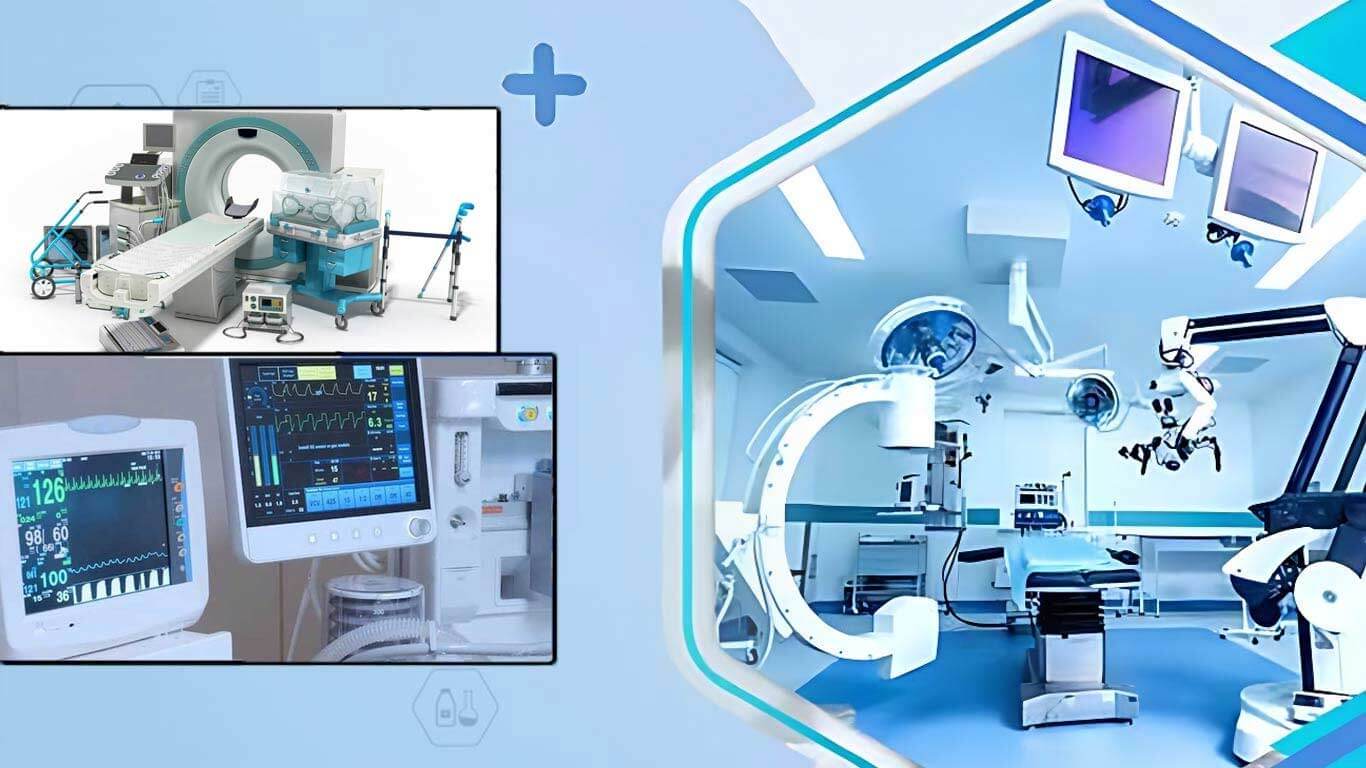






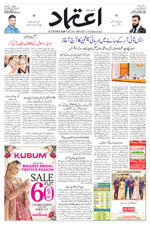










.jpg)
.jpg)
.jpg)


